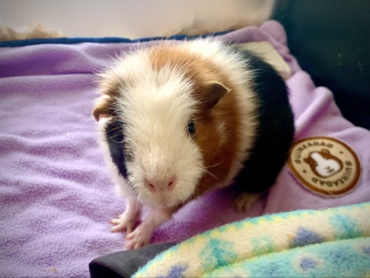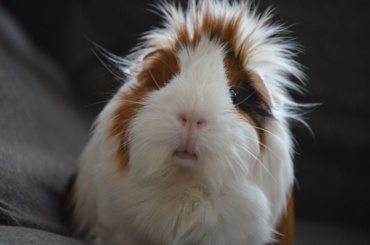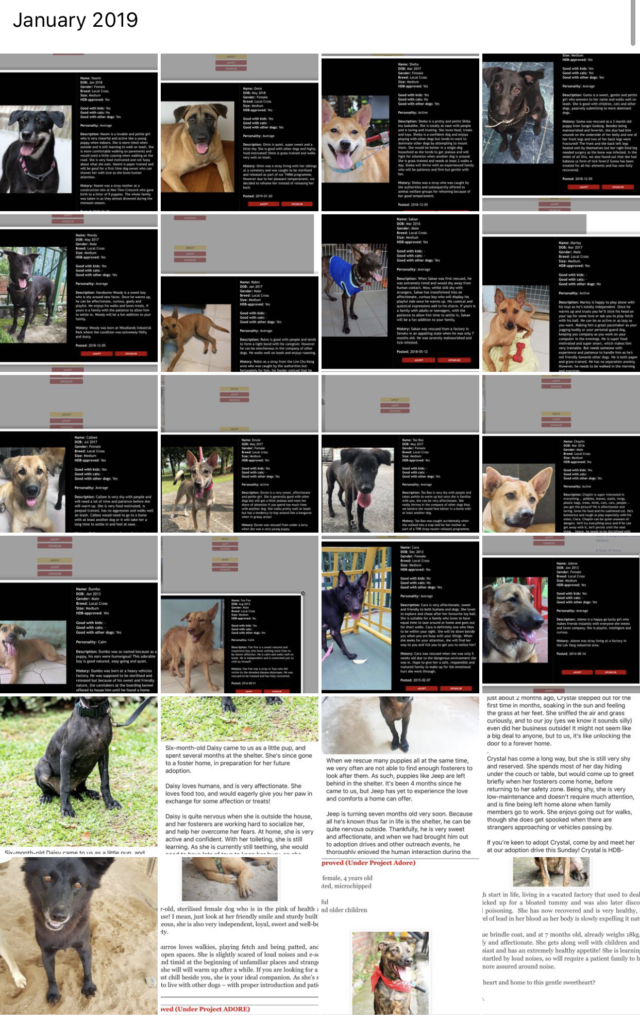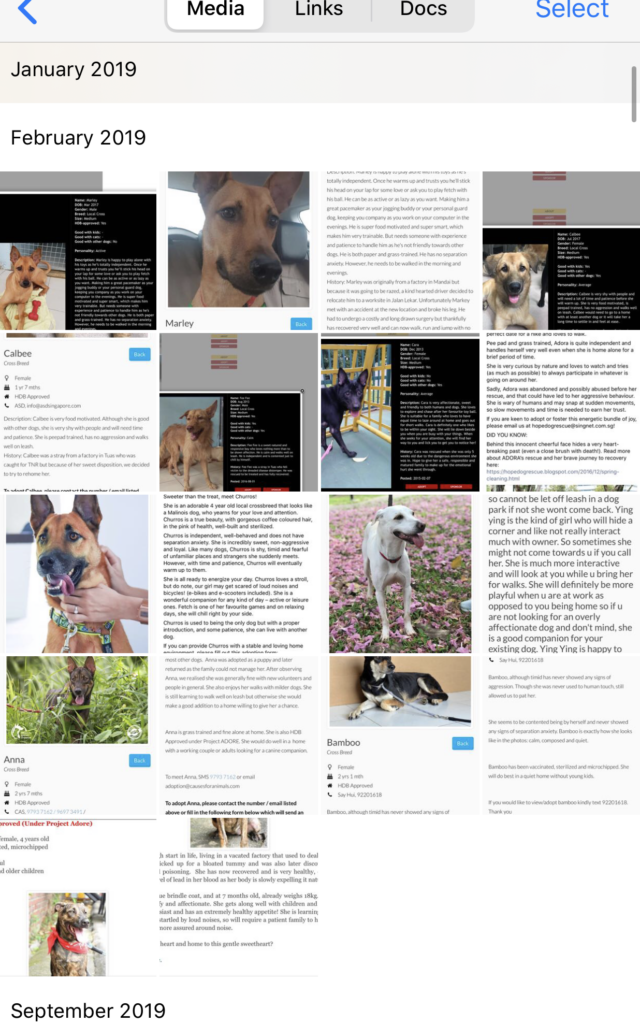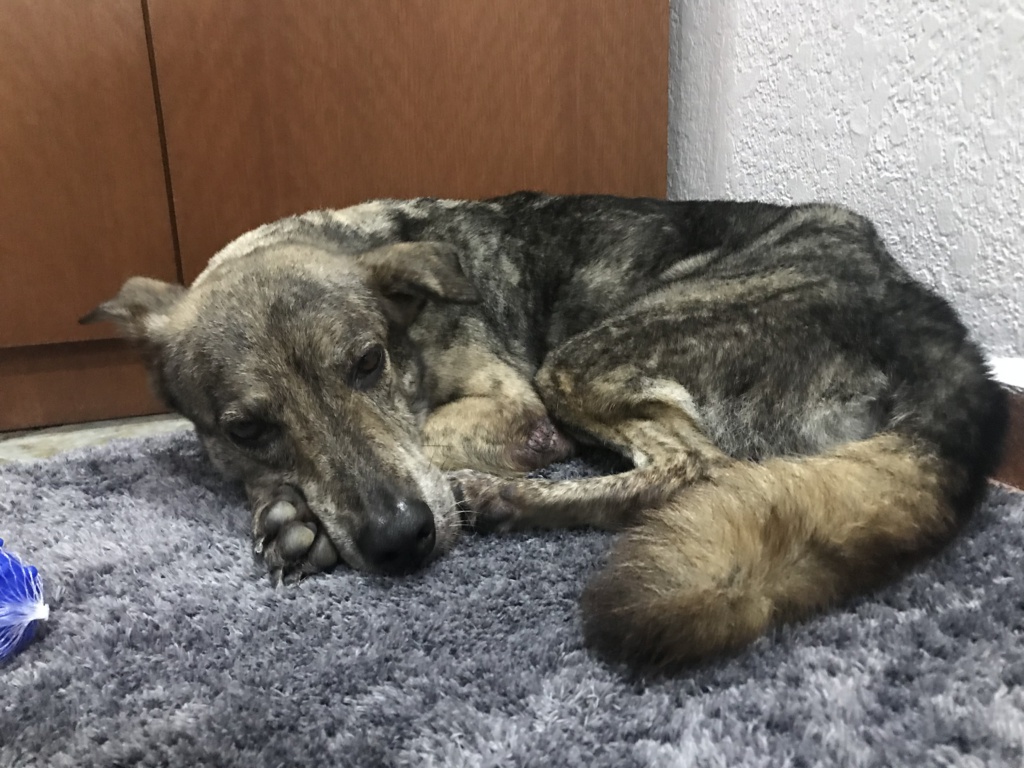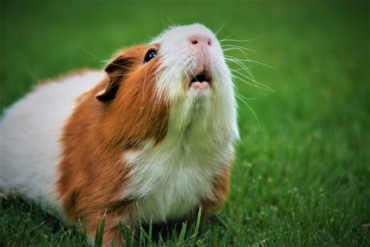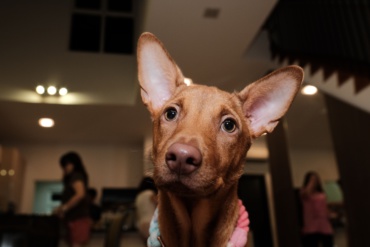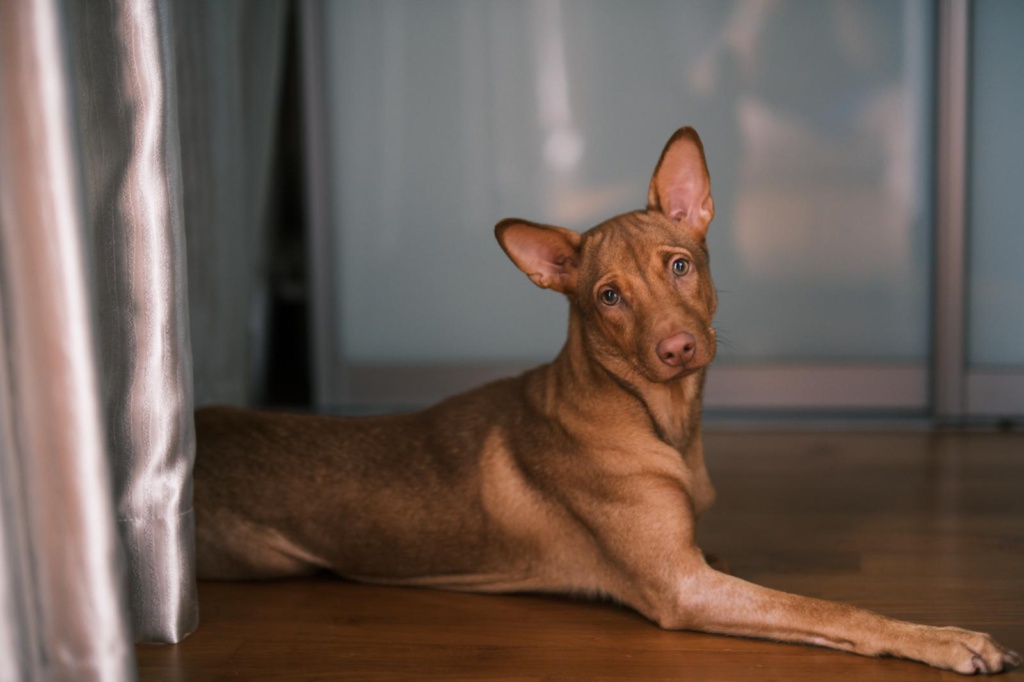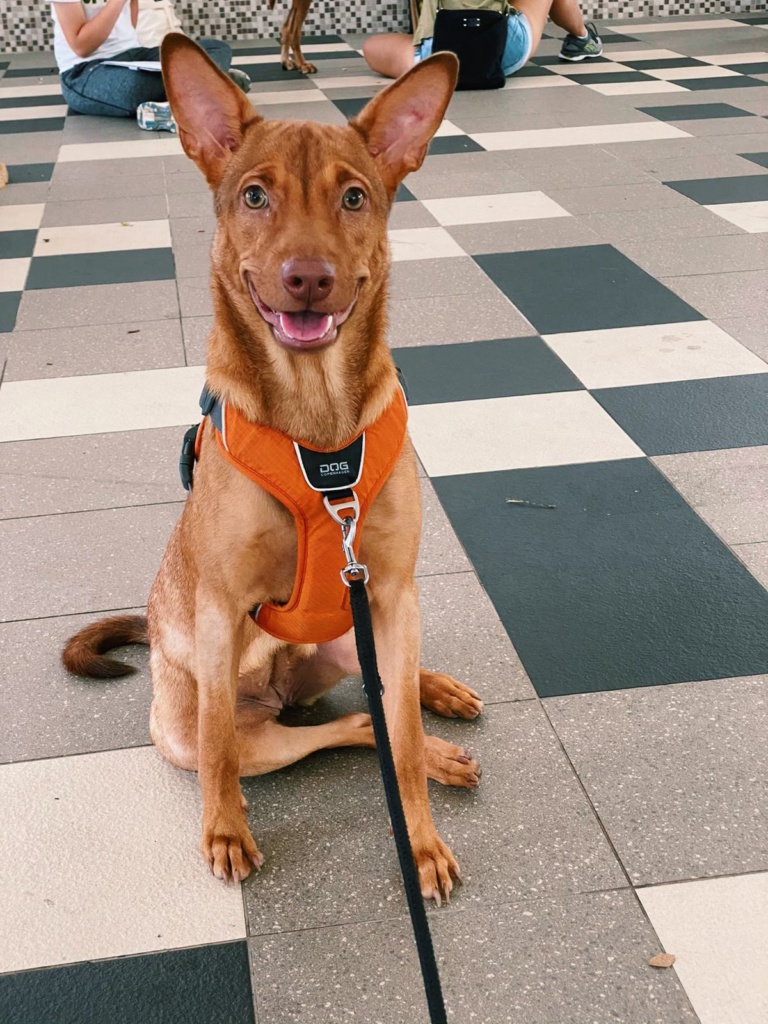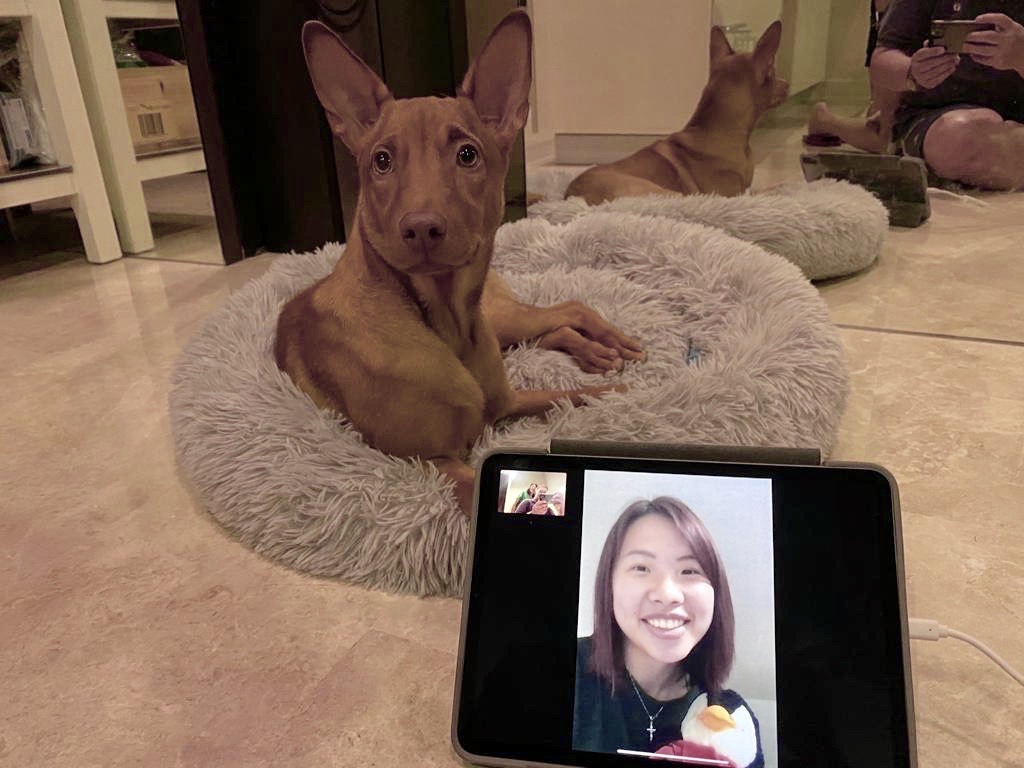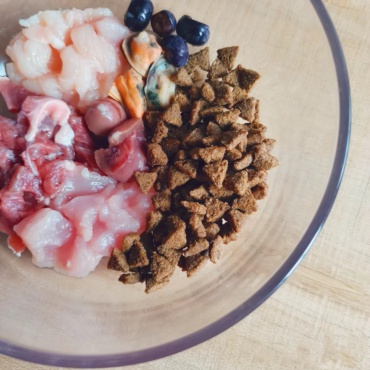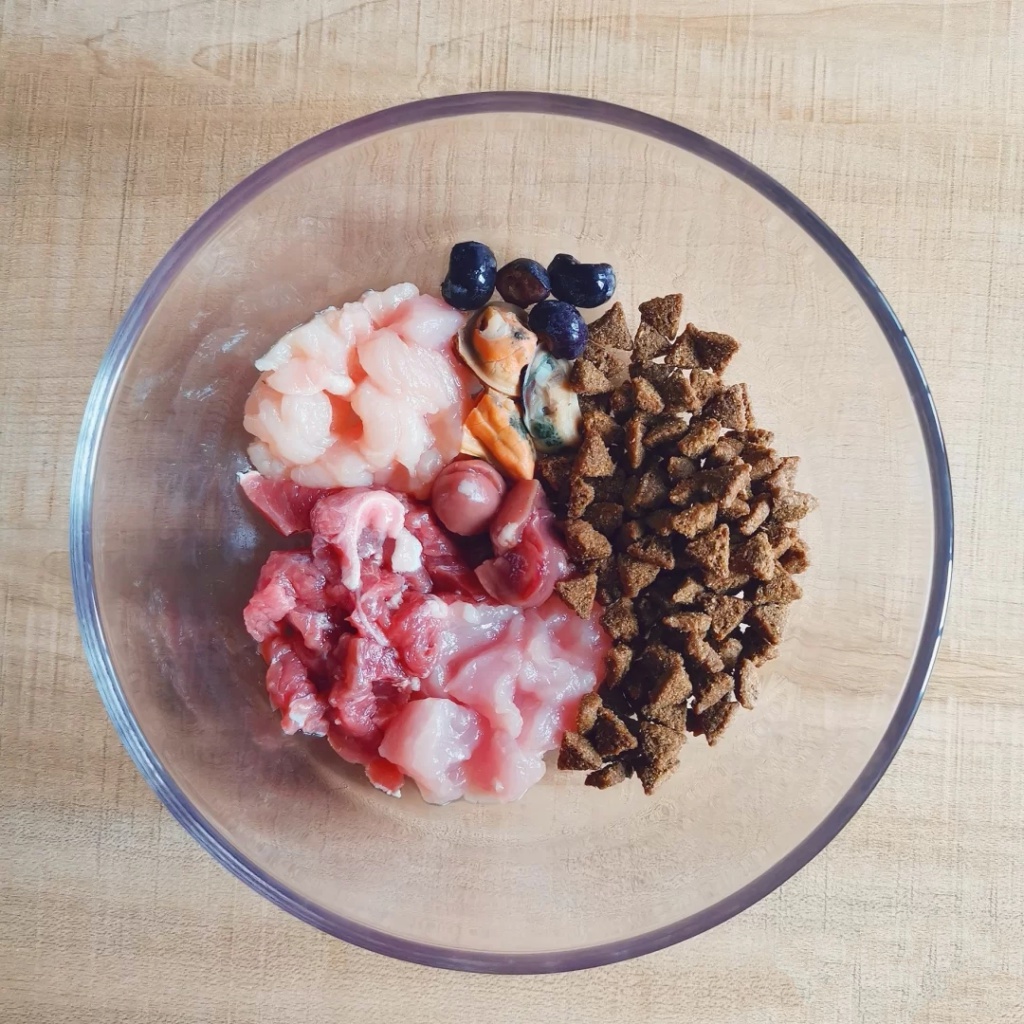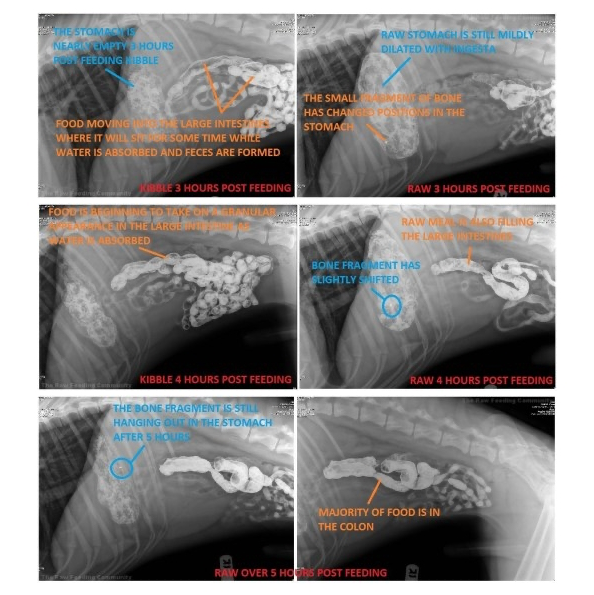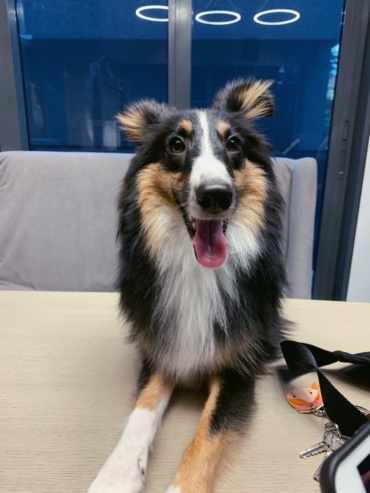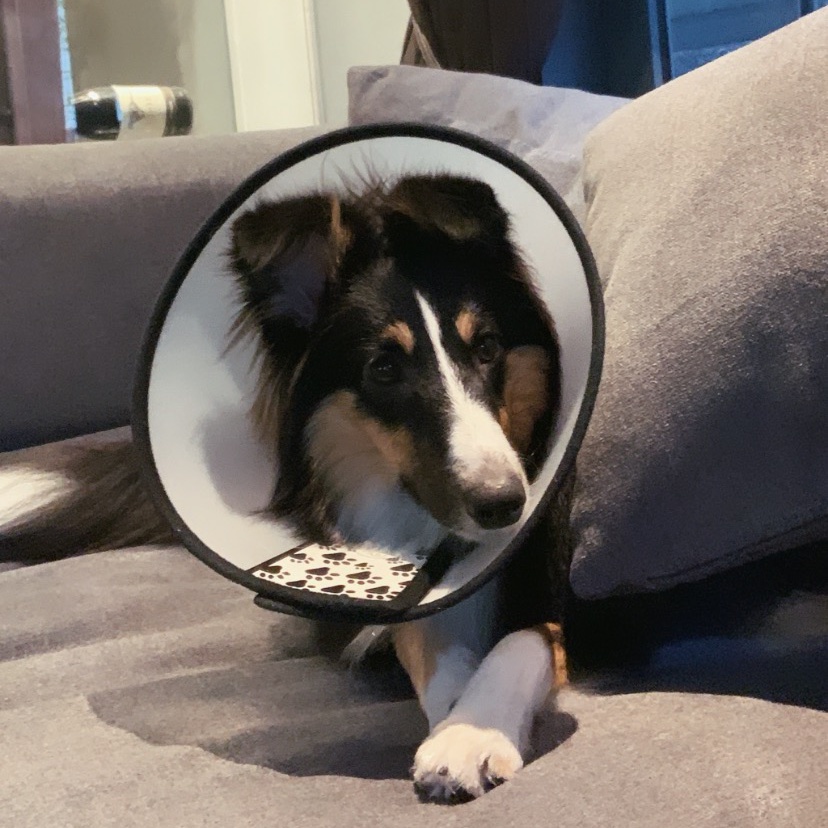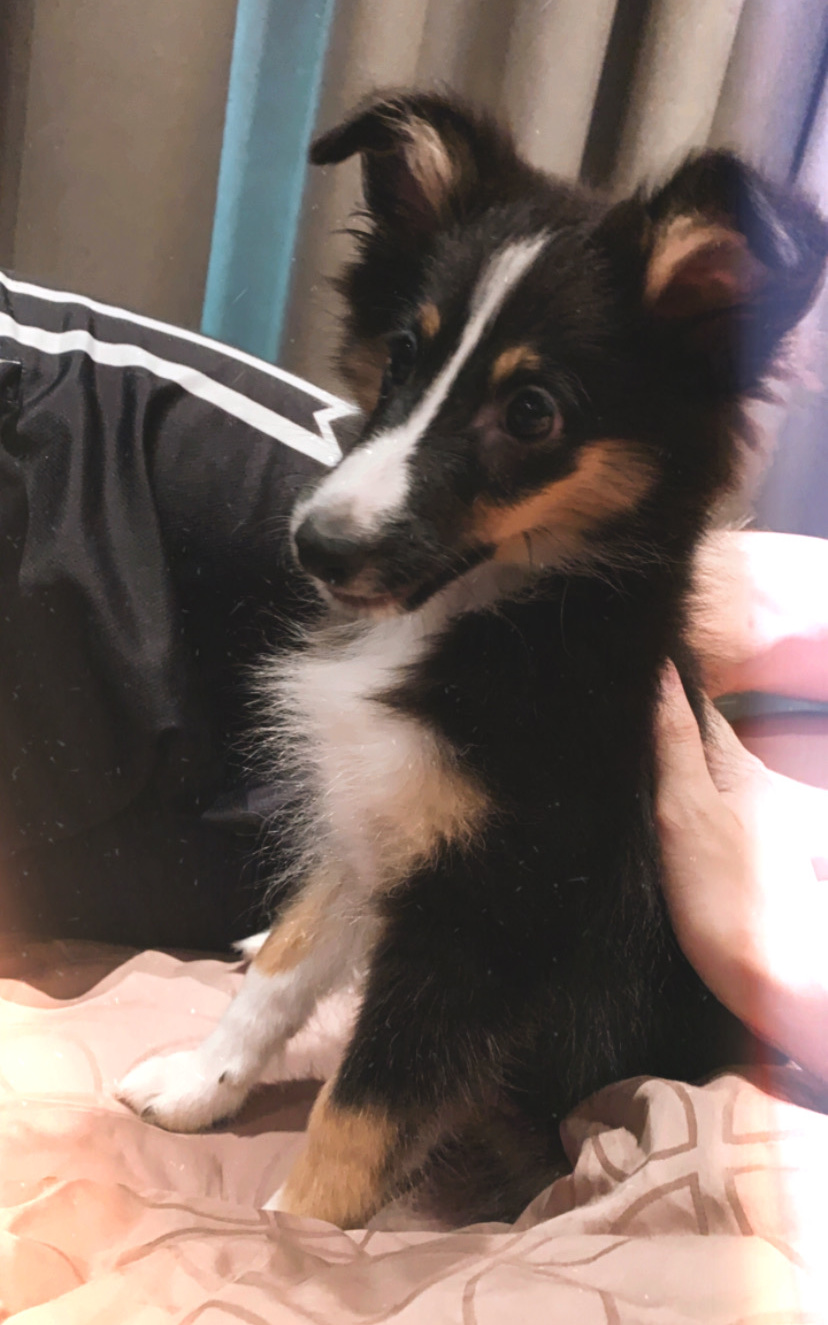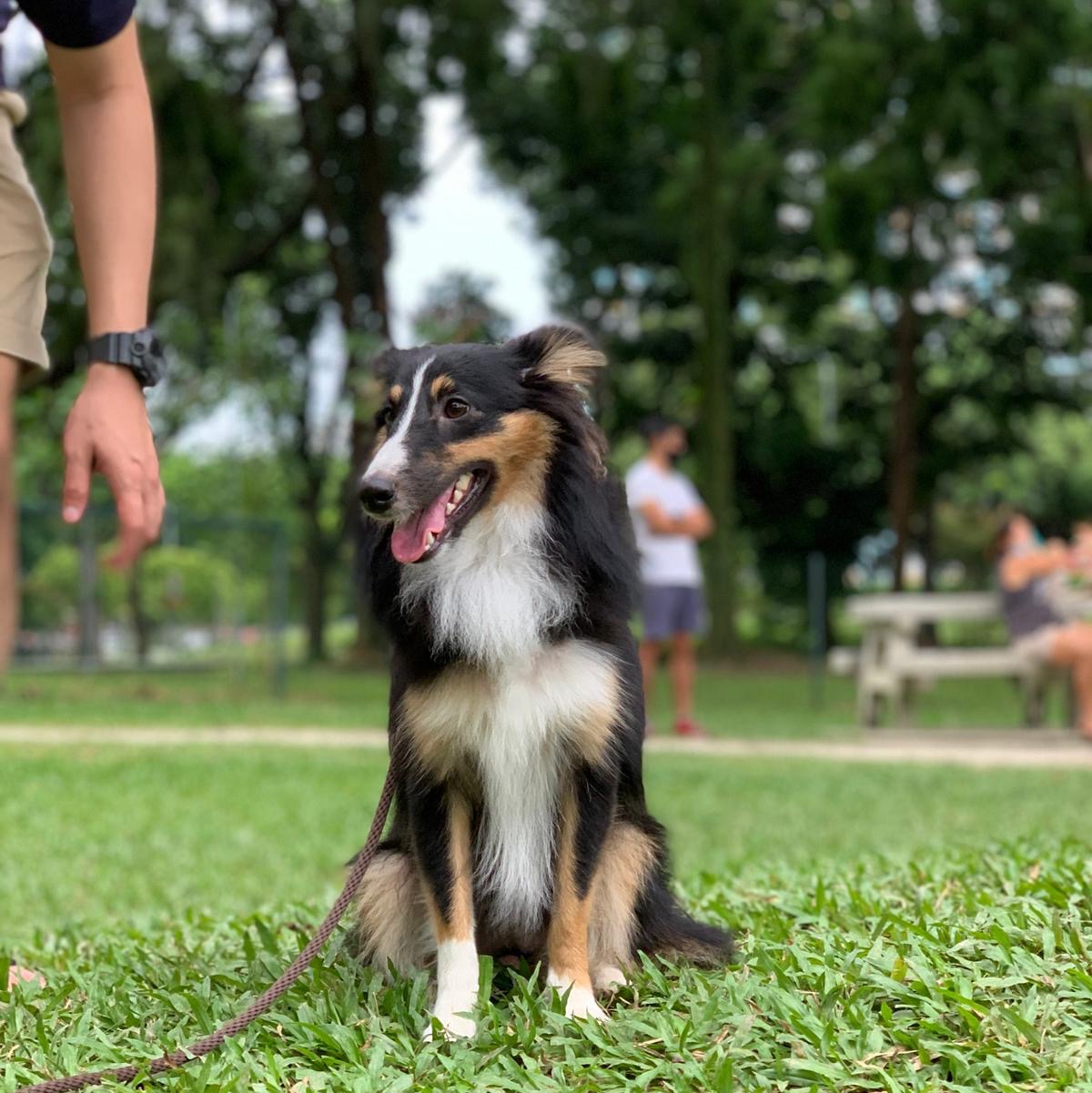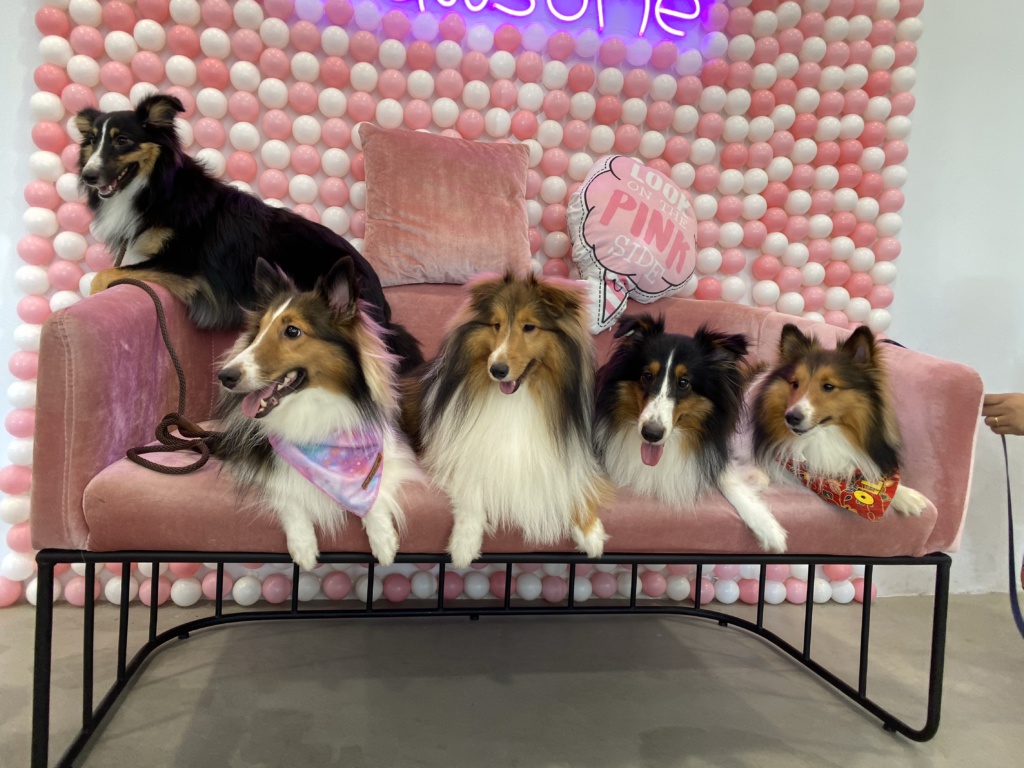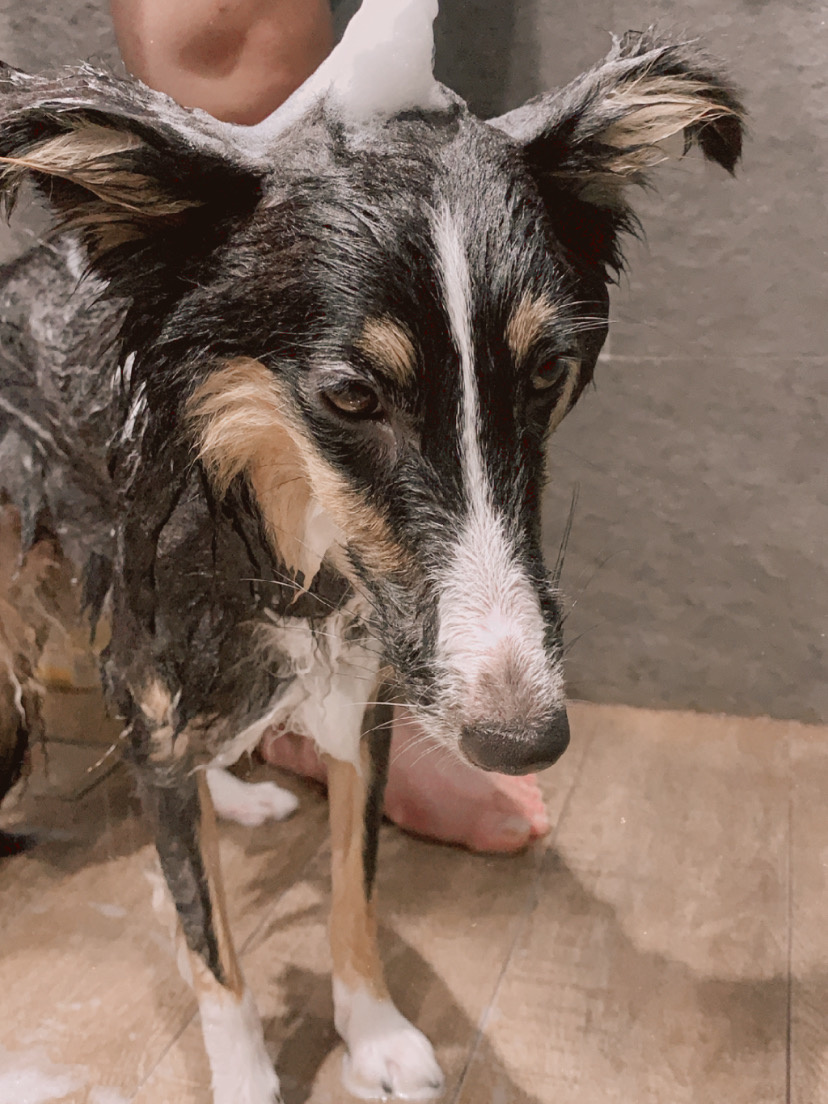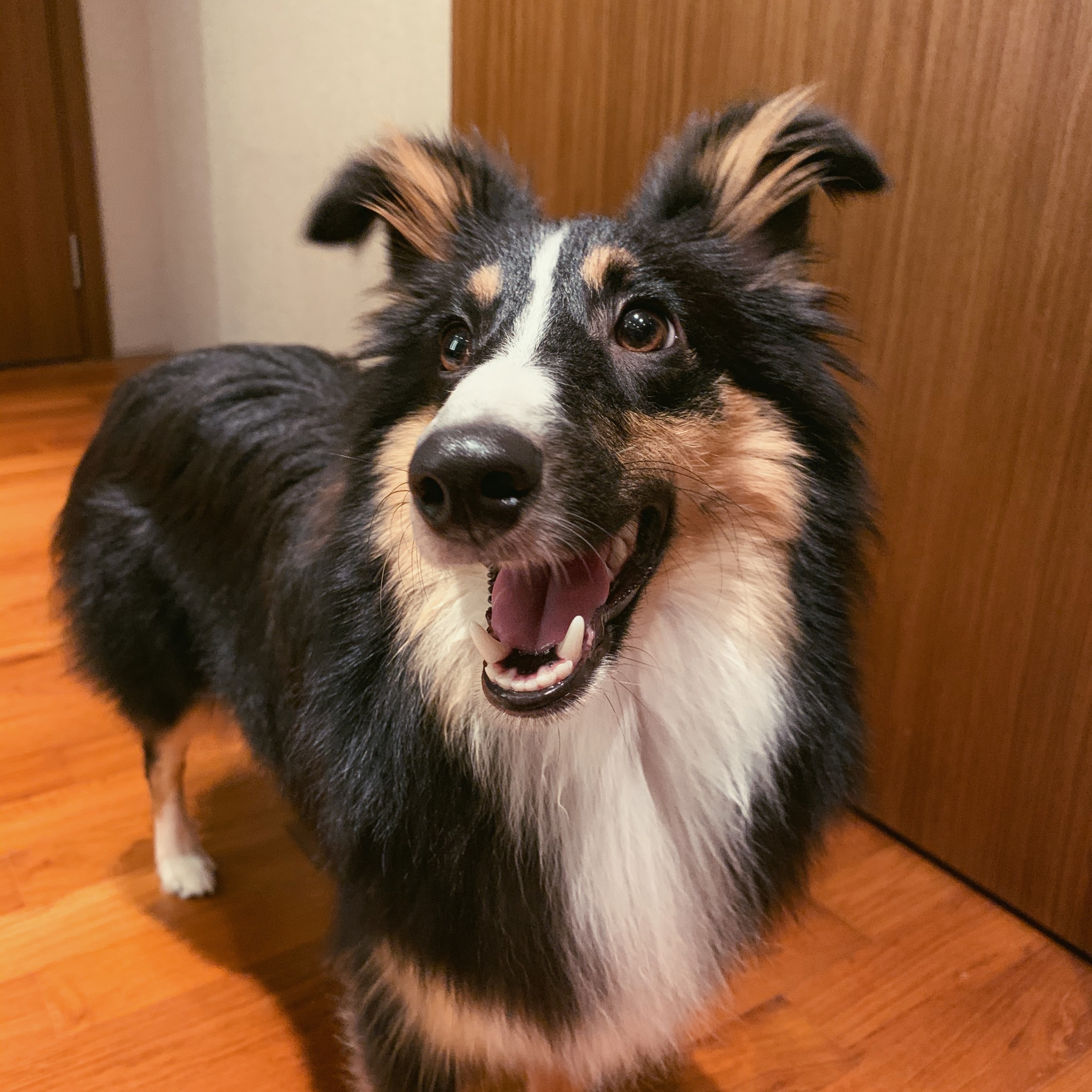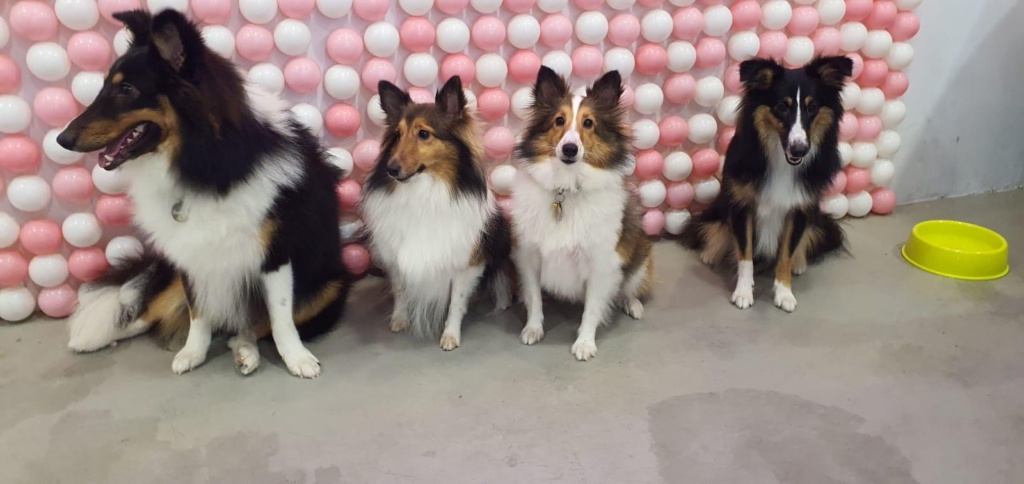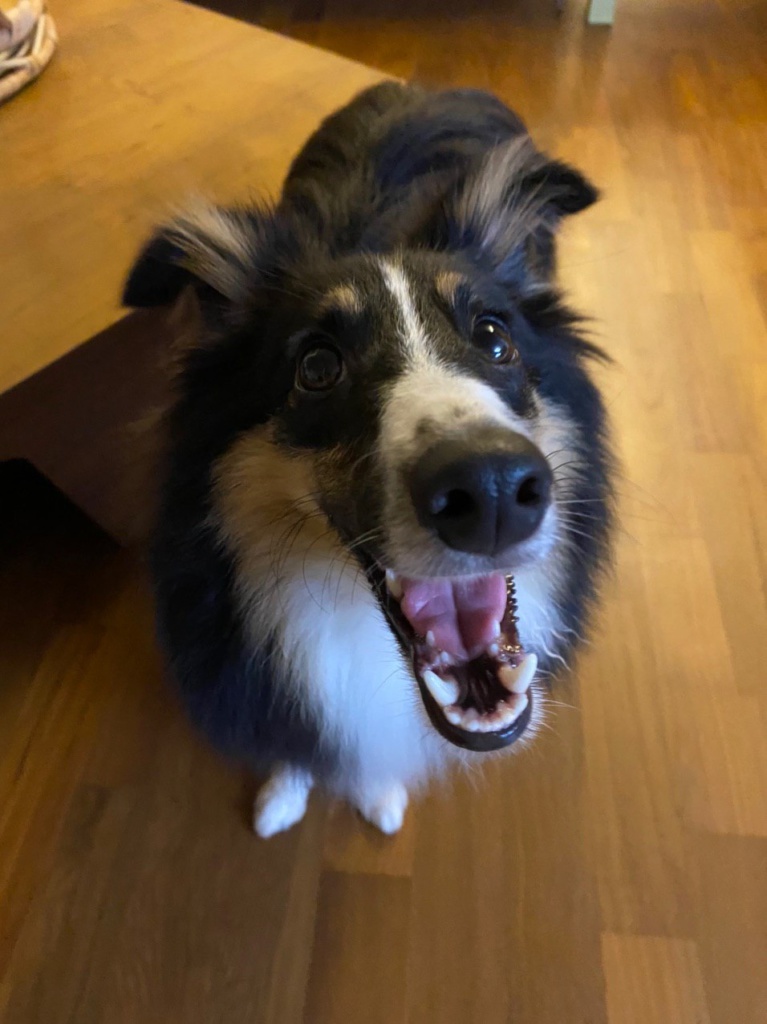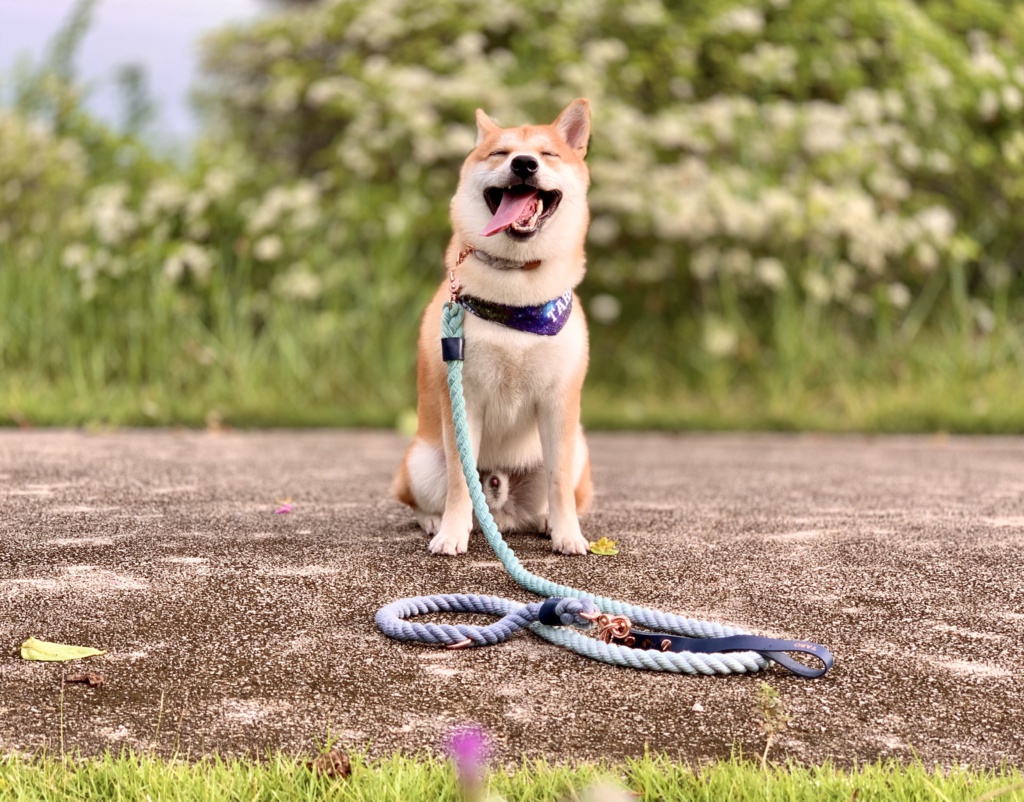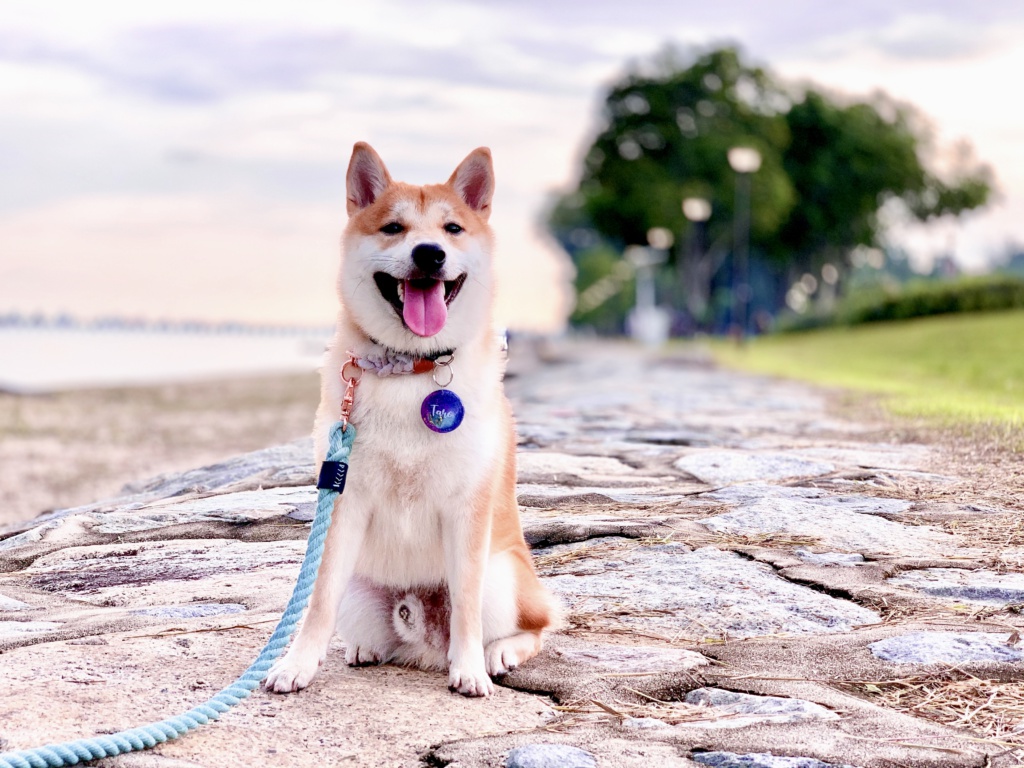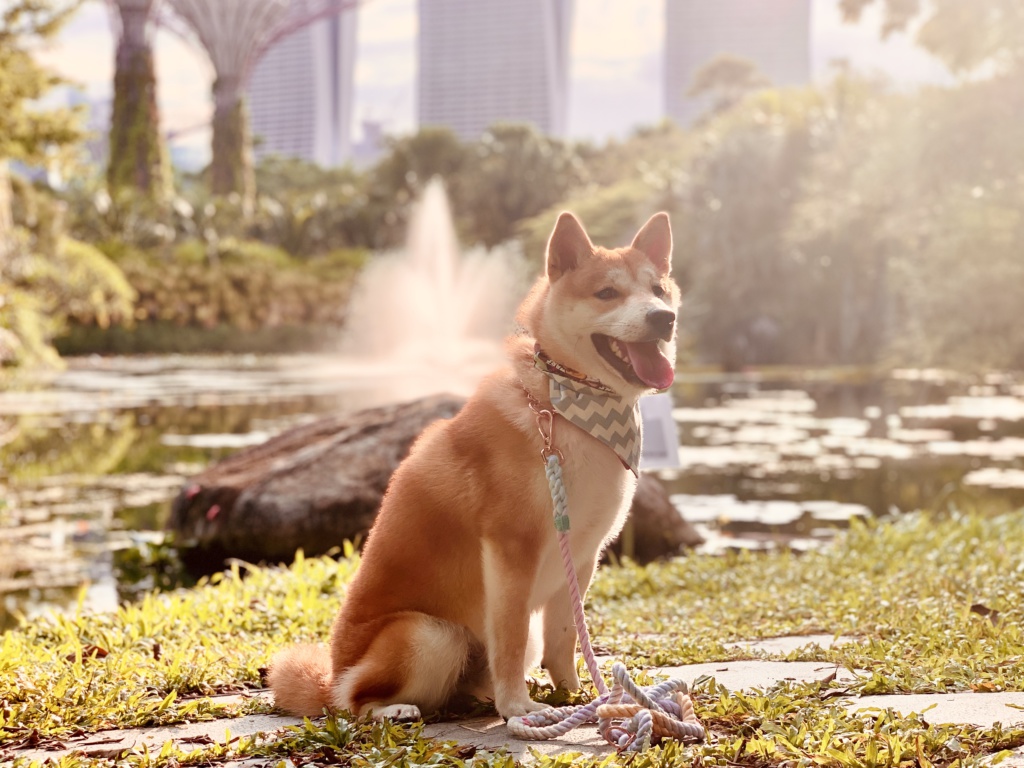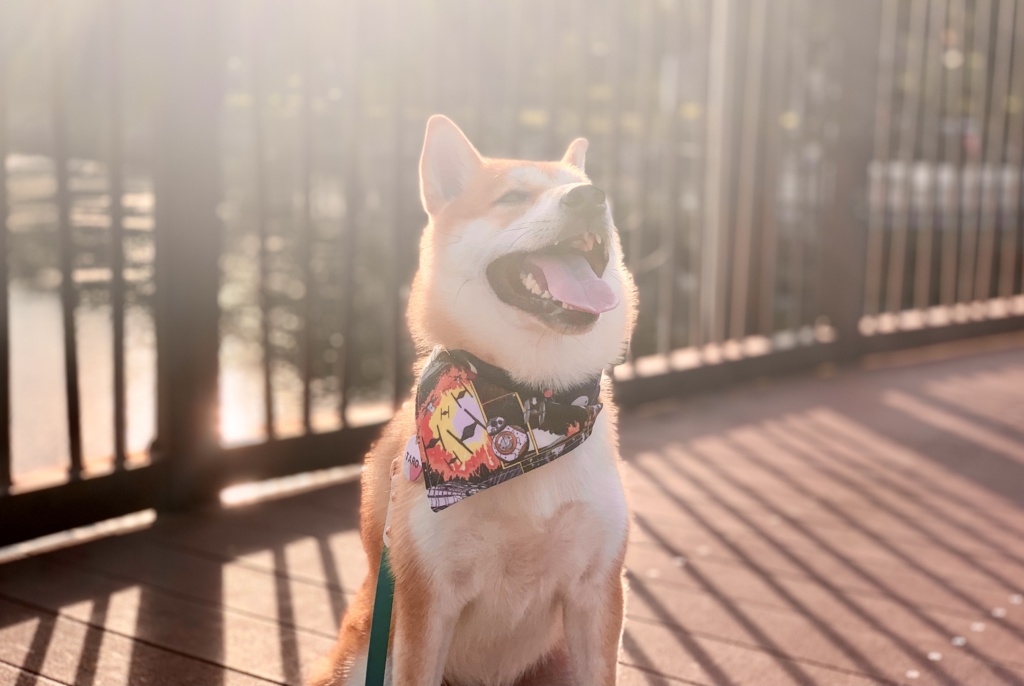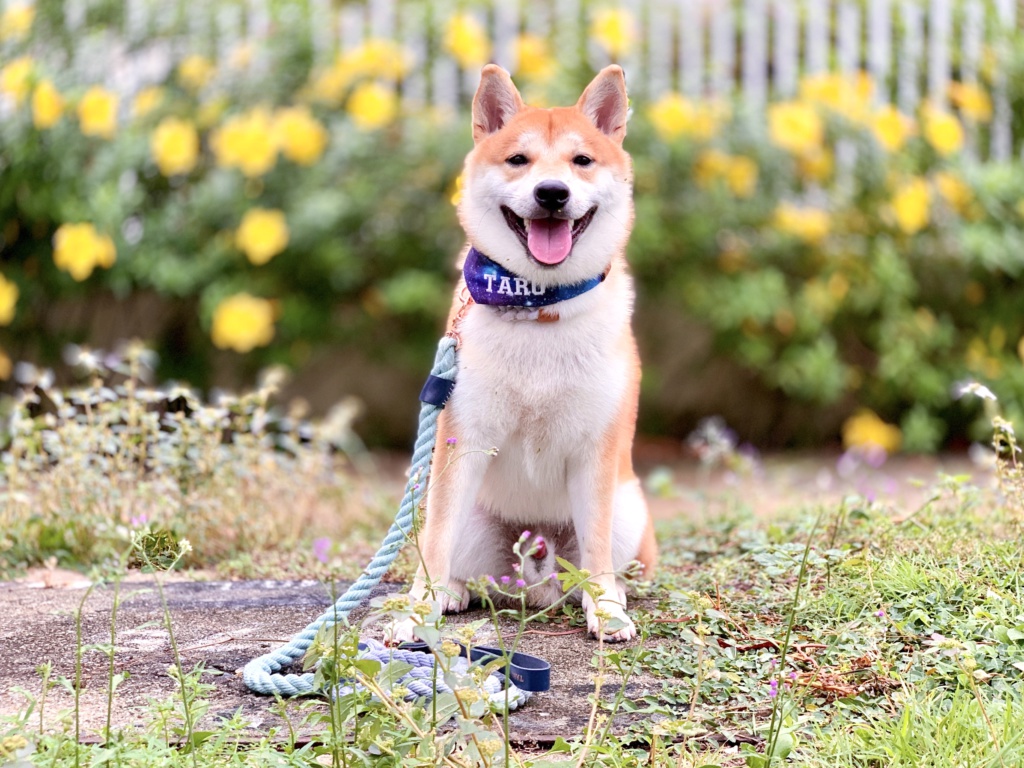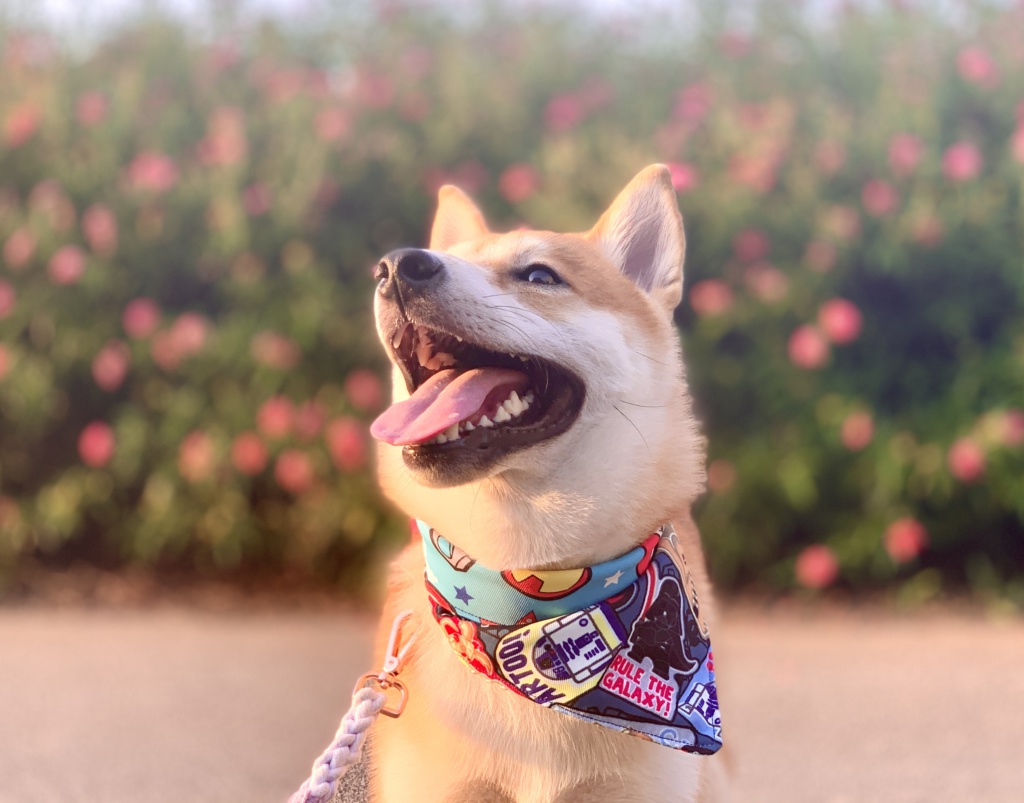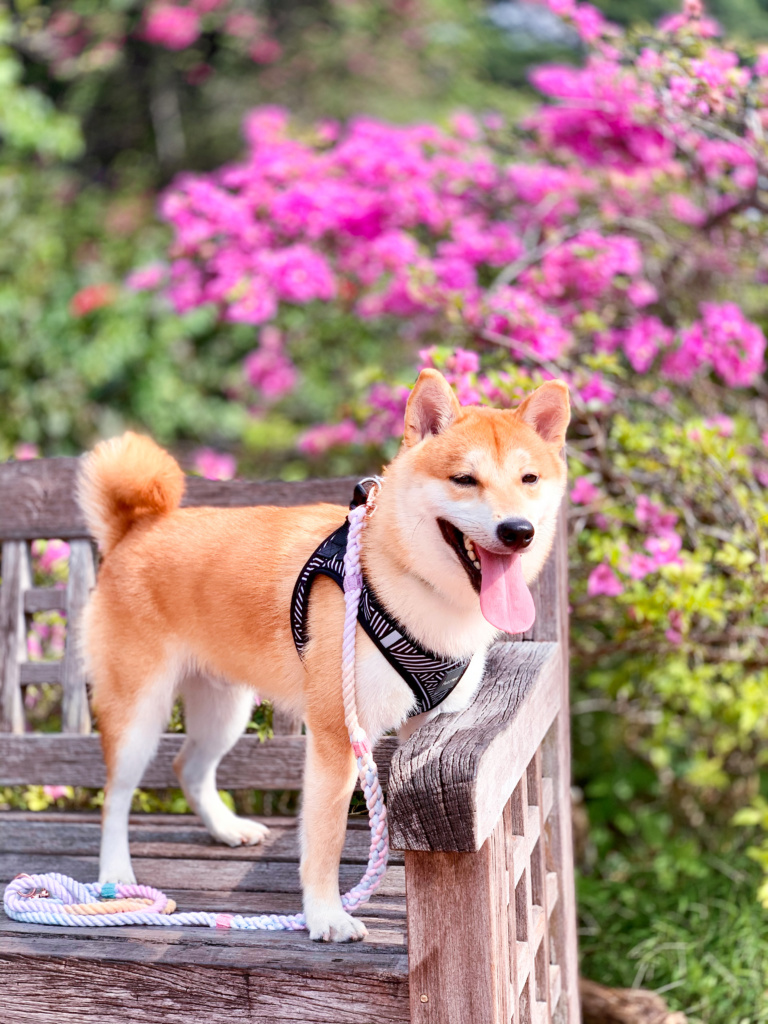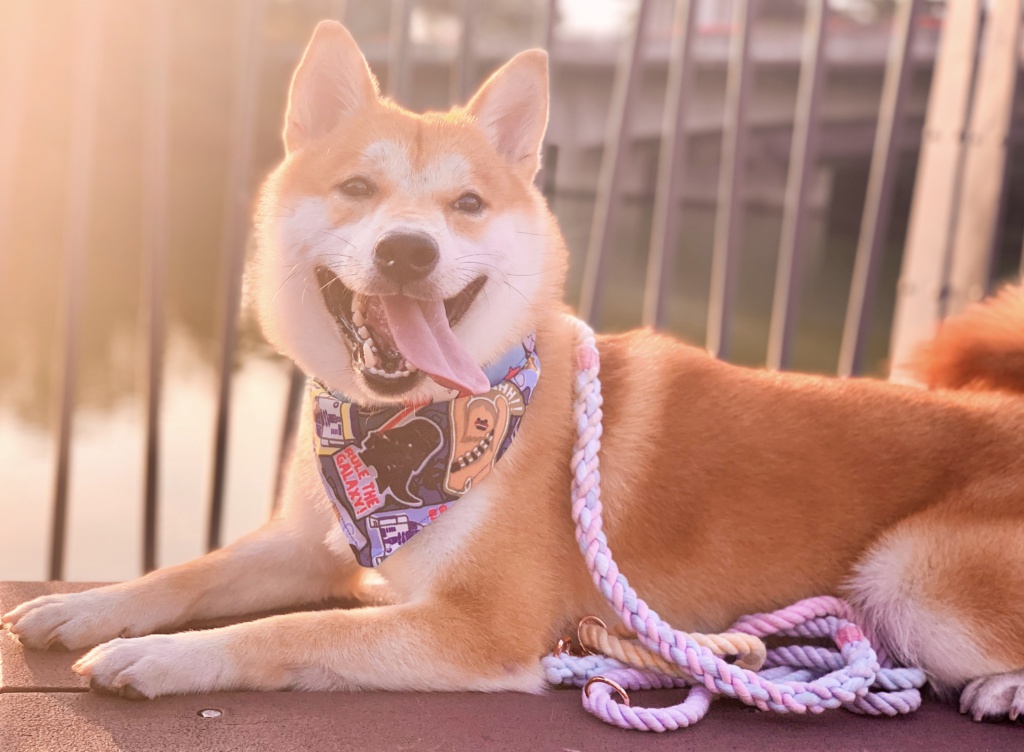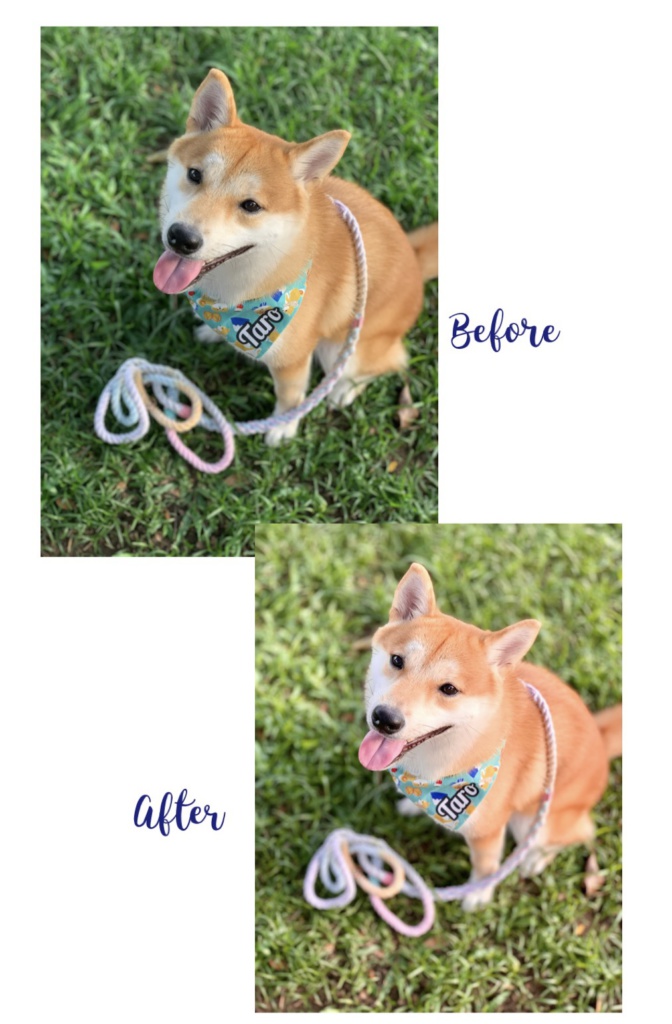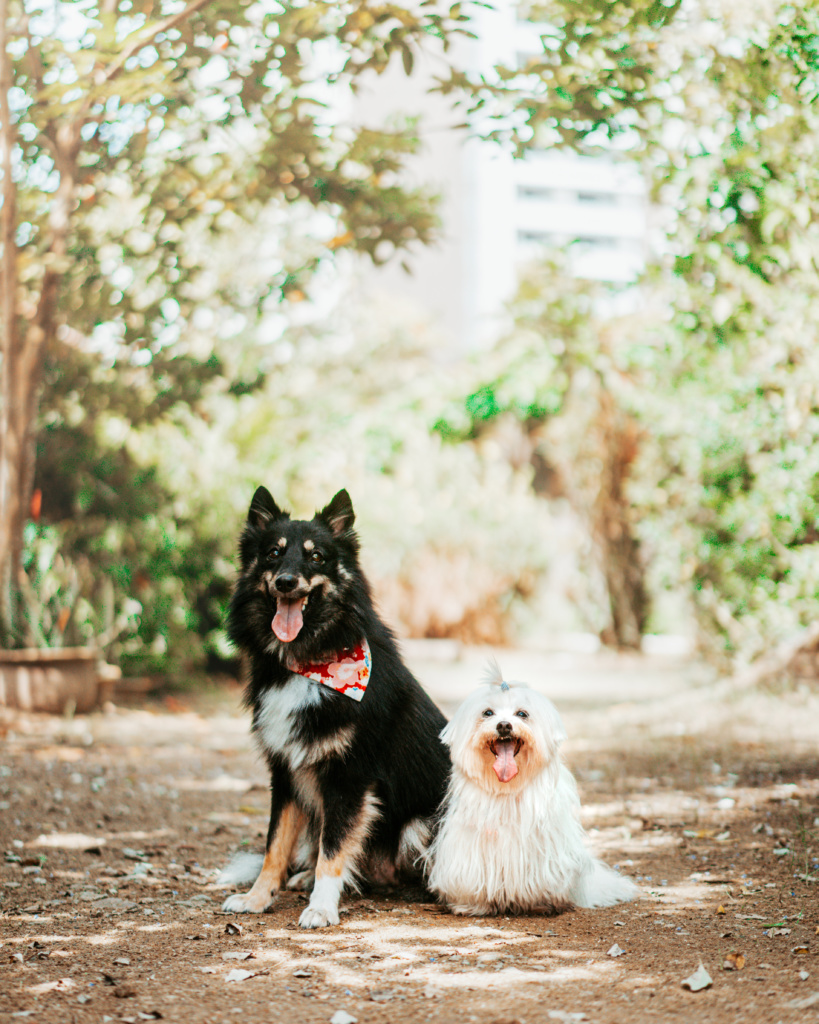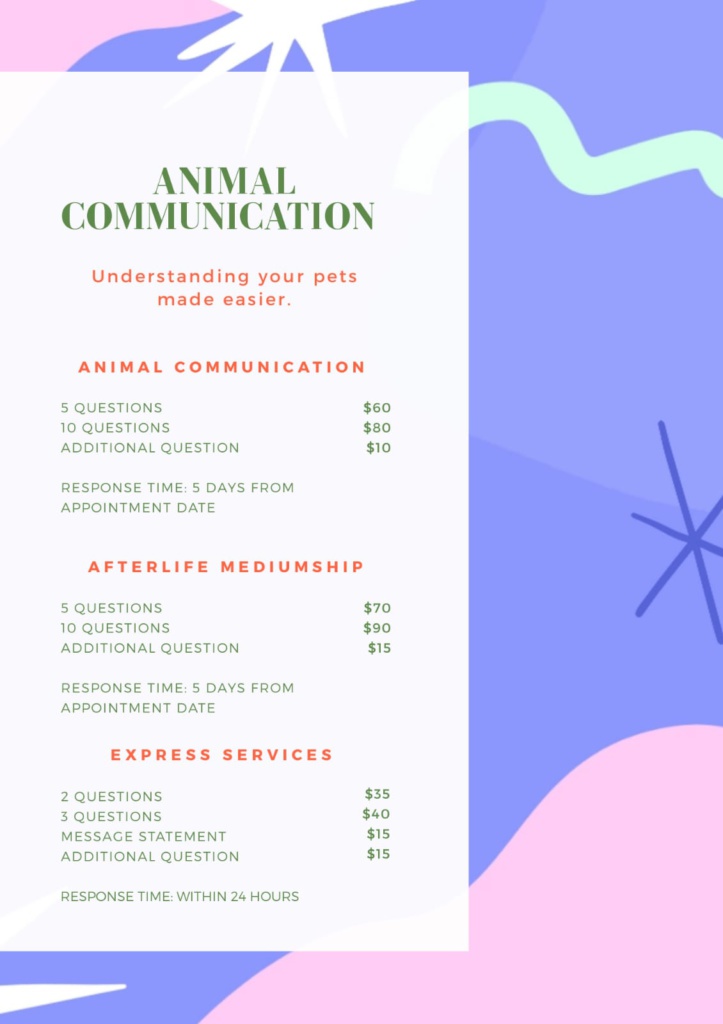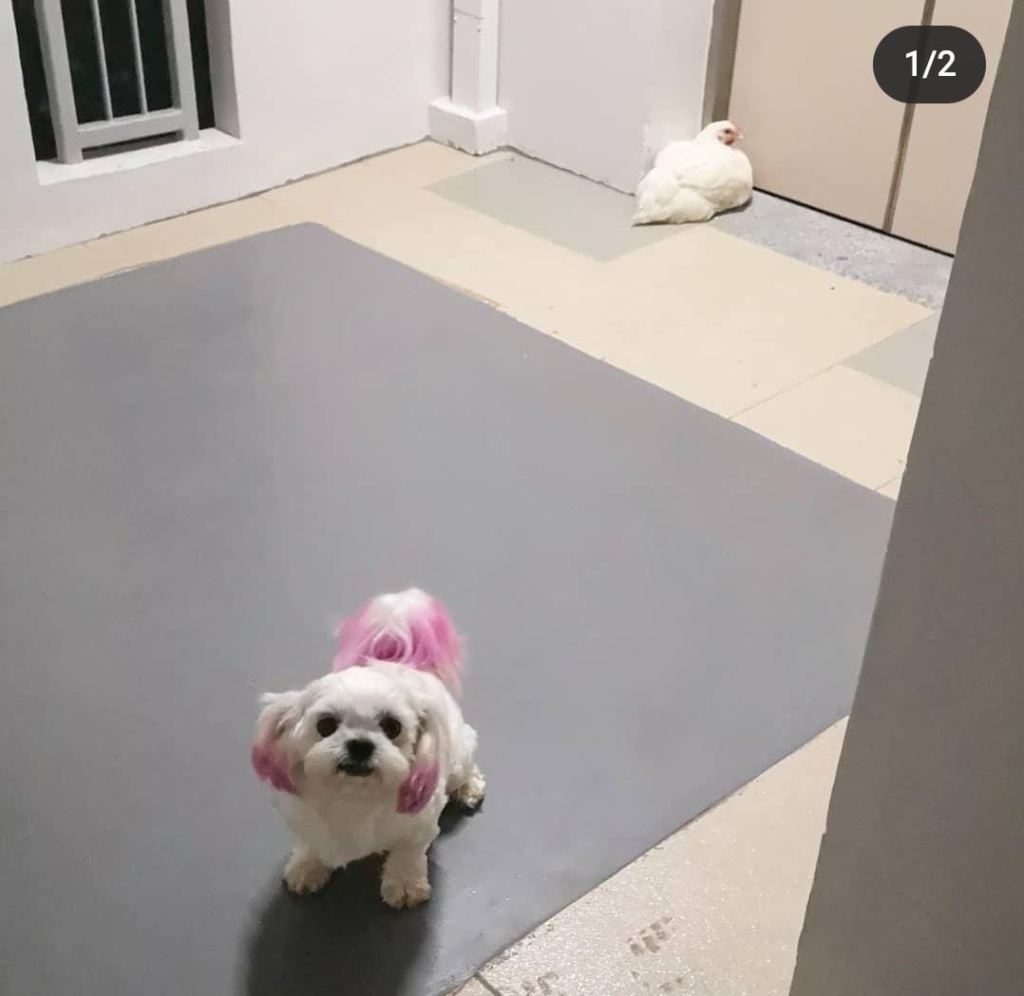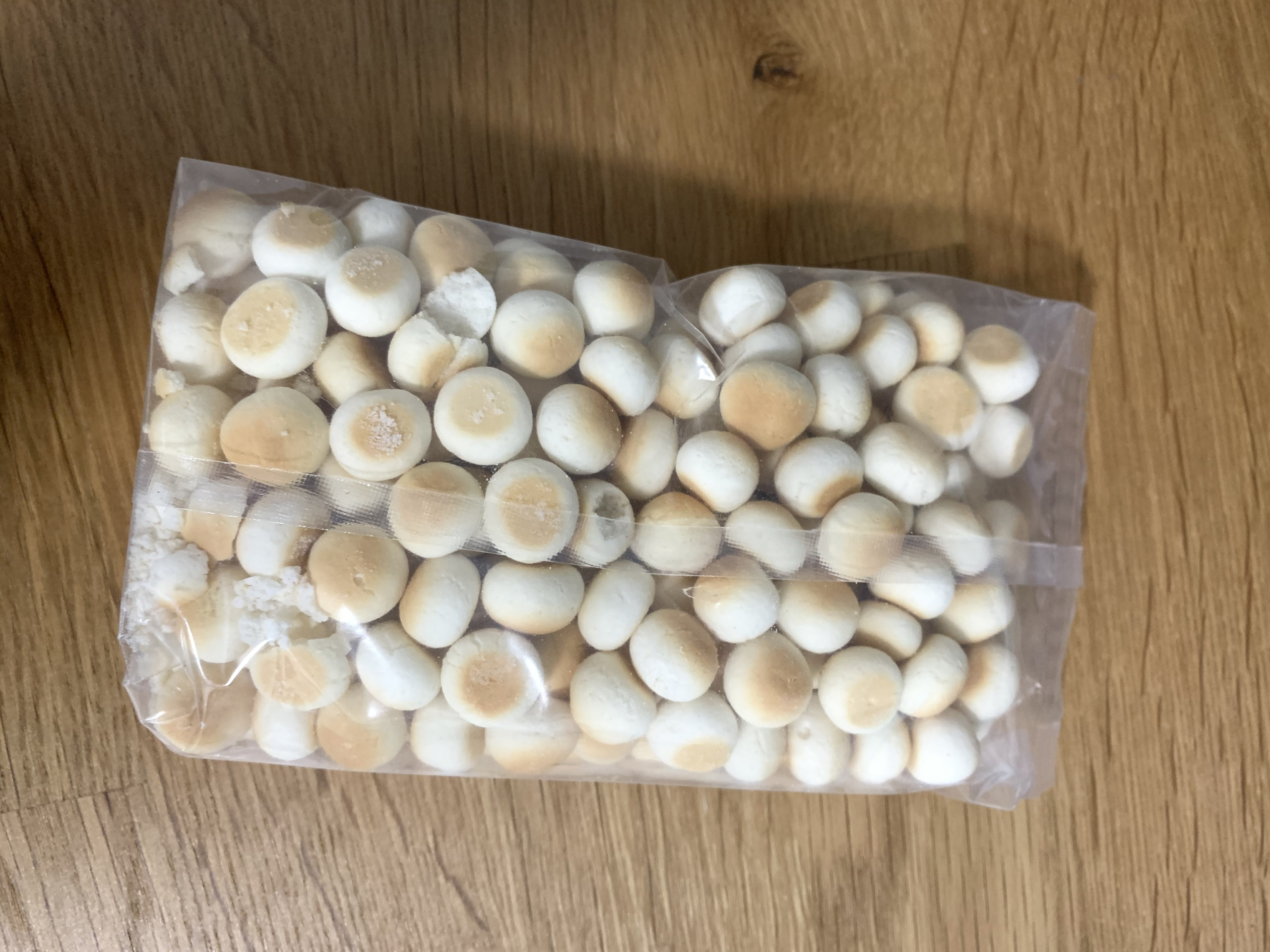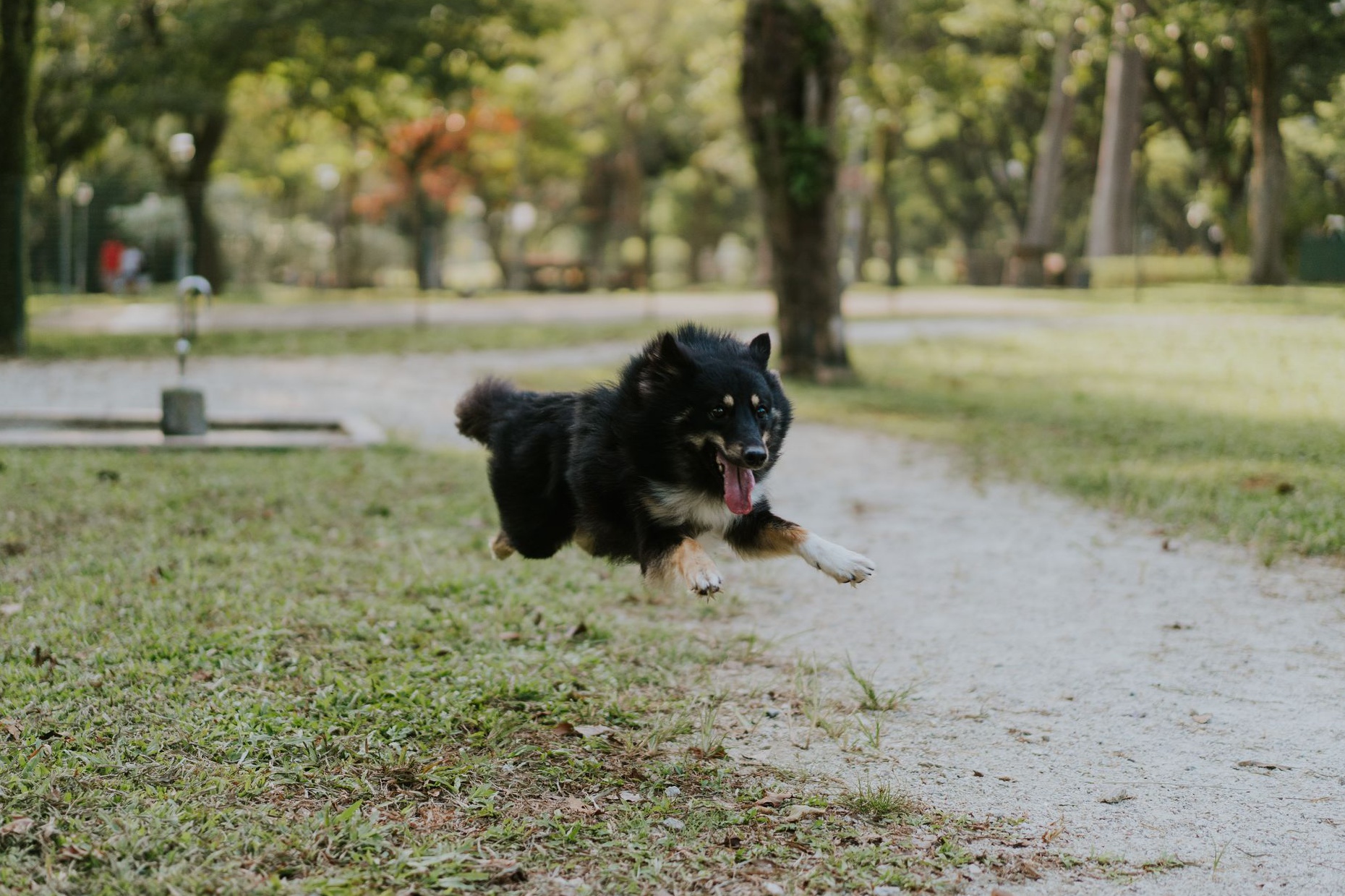Still with me? Alright! let’s continue our discourse on how popular guinea pig bedding options perform in Singapore. To recap:
I recommend…
- Fleece or fleece lined products
- Pee pads
- Some types of wood shavings
In the previous article, we discussed why small animal paper bedding, newspaper, and shredded recycled paper are terrible options and explored several great fleece options. Please head over to: https://contributors.pawjourr.com/guineapigbedding1/ if you don’t know why.
Also, if you’d like a cheatsheet on guinea pig care in Singapore, please refer to the first article of the series: https://contributors.pawjourr.com/guineapigbasics/

A popular bedding option for guinea pig owners in Singapore are non-scented pee pads generally marketed for potty training dogs. Easy, convenient, and relatively economically sound, pee pads will keep guinea pigs dryer and are easy to change out once or twice a day. You will find many brands available on: online giants like Lazada, Shopee, Qoo10, online pet stores like The Modern Guinea and Perromart, and almost any physical pet shop like Pet Lovers Centre. They come in various shapes and sizes, but most guinea pig owners prefer the 45x60cm dimension for adequate coverage of their guinea pig enclosures and easy removal of heavily soiled areas.
Pro tip: Pee pads are a great temporary solution for sick guinea pigs.
Prices range from around 8-15SGD per pack of 50 disposable 45x60cm large pee pads depending on absorbency, material, brand, and store. On the cheaper end, the pee pads are not as absorbent and may not completely be leak-proof. If you are extremely vigilant about changing the pads or are only planning to use them for short periods of time, this could be a viable option. However, for a few extra dollars, you could opt for higher quality pee pads that do not leak; a reasonable price would be around 12-13SGD/pack. The higher-end options sometimes come infused with charcoal and are black in colour — some owners prefer this as it helps mitigate unpleasant odours. However, I recommend sticking with regular, white pee pads, as urine colour is often the first indicator of a potential bladder problem. I will elaborate on this topic in Everything You Need to Know About Guinea Pigs in Singapore — Part 6/6 Health.
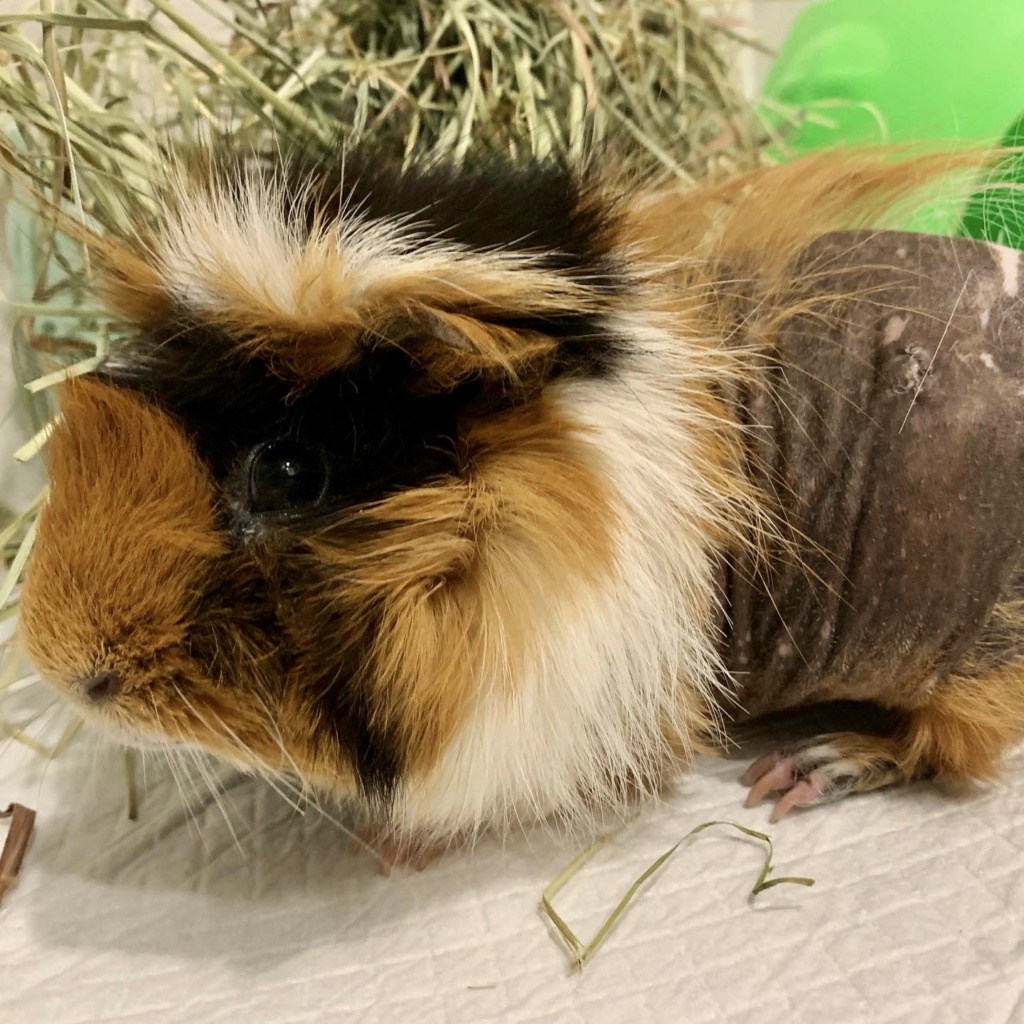
That being said, disposable pee pads are terrible for the environment and may not actually be cheaper in the long run. A 70x140cm or 2x4grid guinea pig enclosure (suitable for 2 guinea pigs), would require 6 overlapping 45x60cm pee pads; one pack of 50 will last give or take a week. This would mean that pee pads for a pair of guinea pigs will cost approximately 650SGD a year (52 weeks, 12.5SGD/pack). The price of a Guineadad isn’t looking too bad now, wouldn’t you agree?
Did You Know: Guinea pigs live an average of 5-8 years. According to the Guinness Book of World Records, the oldest guinea pig lived for almost 15 years!
Pricing aside, disposable pee pads take an average of 500 years to degrade in a landfill. They are very convenient, but much like any other non-recyclable material, will negatively impact the well-being of our planet. Reusable pee pads made for puppies is certainly an alternative albeit not one that is popular among guinea pig owners. Perhaps, this is because fleece options mentioned in the last article require similar levels of maintenance. If you decide to try using reusable pee pads to line your guinea pig enclosure, please share your experiences with me!
Another strike against pee pads is that, as I mentioned before, guinea pigs chew on everything. They will undoubtedly take a bite, and plastic can cause all kinds of ruckus when ingested. I have yet to hear of pee pads causing fatalities, but keep your eyes peeled to ensure that chomping on the sides of pee pads does not become your guinea pig’s past time. Some guinea pigs also enjoy burrowing under pee pads which defeats the purpose of using them at all.
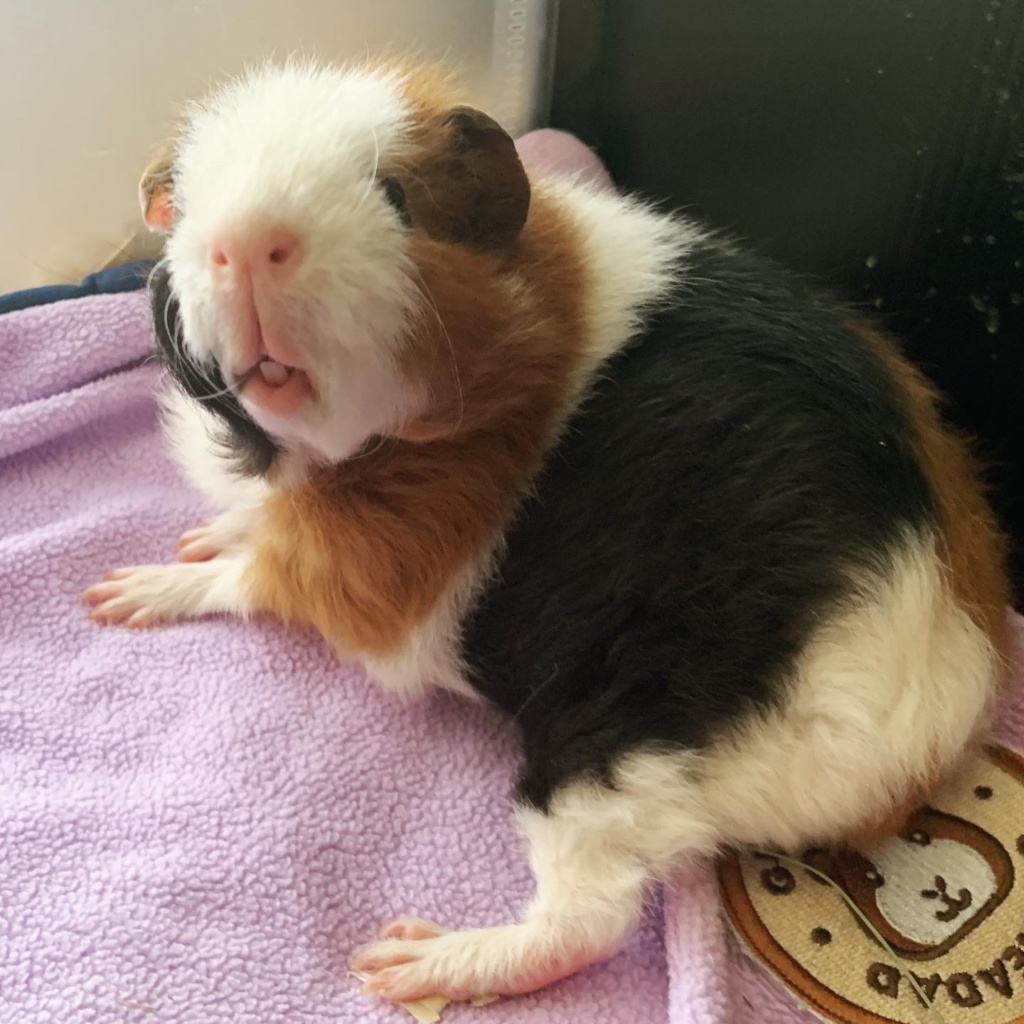
One way to combat this is by using a combination of fabrics and pee pads; experiment with layers of fleece, microfibre noodle bath rugs, and towels atop pee pads. Alternatively, forgo the pee pads altogether and go with a combination of fabrics and a reusable leak-proof bottom layer like the pre-made options I mentioned here. The options are endless, so it is now up to you to decide what works best for your lifestyle and your guinea pigs.
Next up is my personal favourite form of bedding but also the most polarizing among guinea pig owners in Singapore — wood shavings. Stay tuned as we delve into the pros and cons of wood shavings in the next article!
Meanwhile, come say hi on our instagram page: https://www.instagram.com/mapetitemenagerie.com
